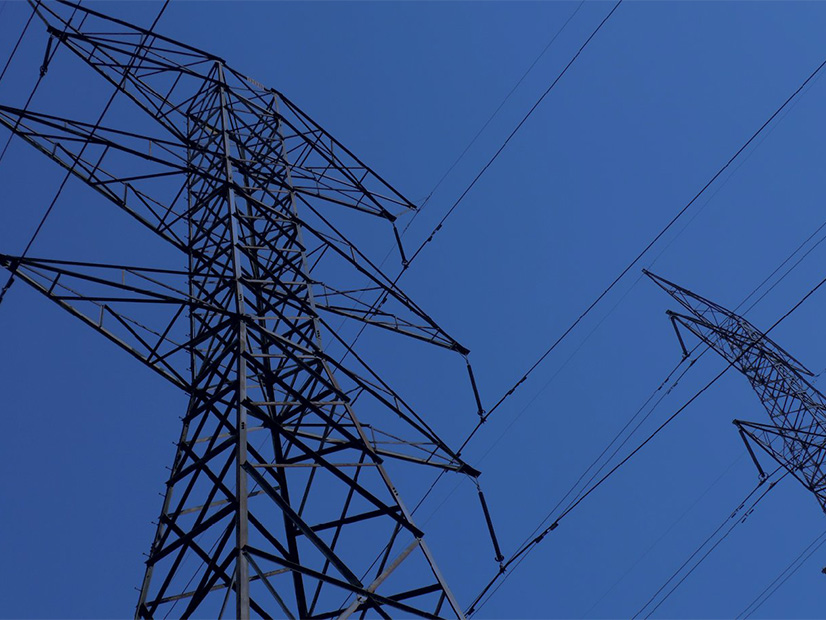FERC accepted SPP’s proposed tariff revisions to implement congestion hedging improvements, ending a journey through the stakeholder process that began six years ago.
FERC filed a letter order July 25 accepting SPP’s proposed tariff revisions to implement congestion hedging improvements, ending a journey through the stakeholder process that began six years ago (ER24-1775).
The commission found SPP’s proposal will “improve market participants’ ability to hedge congestion costs by allowing SPP’s models to reflect congestion more accurately; allocating [long-term congestion rights], [incremental LTCRs] and [auction revenue rights] more broadly and equitably among eligible entities; and distributing surplus auction revenues more equitably.”
SPP’s change request is a result of the stakeholder-driven Holistic Integrated Tariff Team’s work in 2018/19. The team’s charges included developing a high-level policy recommendation that aligns the grid operator’s transmission planning processes and resource adequacy needs with its markets and tariff requirements.
Staff and stakeholders developed a package of eight congestion-hedging policies that were approved by the board and state regulators in February. (See “Congestion-hedging Policies’ Implementation,” SPP Board of Directors/Members Committee Briefs: Feb. 5-6, 2024.)
SPP said the changes better align the network models it uses in the simultaneous feasibility test with the studies it uses to grant transmission service. That will prevent some transmission paths from not capturing all congestion and other paths that look feasible but do not offset the congestion experienced by load.
The RTO is changing the process for awarding LTCRs and ILTCRs and the annual ARR allocation of ARRs by using a two-step, single round process in the second round of the LTCR allocation, knocking off two rounds. Eligible entities will be allowed to nominate 50% of their ARR nomination cap, reduced by the LTCRs awarded. Entities that receive a higher number of LTCR awards will nominate fewer ARRs in the first round of the ARR allocation.
Also, SPP will break the simultaneous feasibility test performed during the second round of the LTCR/ILTCR allocation and the first round of the annual ARR allocation into five equal subrounds. Because breaking the simultaneous feasibility test into smaller increments makes it less likely that large portions of awards will go to a single entity, LTCR/ILTCR and annual ARR awards will be allocated more broadly and equitably.
The grid operator is changing the distribution of surplus auction revenues by awarding them in greater proportions to eligible entities that received a lower proportion of LTCRs and ARRs tied to firm transmission service. The new approach will be phased in halfway into the first year (2025/26) to reduce the effect of revenue shifts.
The revisions exclude transmission service reservations that do not source at a resource or a resource hub in the commercial model from being verified and used for LTCR and ARR nominations. SPP will apply the same exclusion when assessing grandfathered agreement transmission rights, and transmission service reservation holders will be allowed to update existing services’ sources to specific resources or resource hubs in the commercial model without triggering an aggregate transmission service study process.
SPP’s Market Monitoring Unit said the grid operator’s proposal will create more equity in allocating ARRs, LTCRs and ILTCRs and a more equitable distribution of surplus auction revenue among market participants owning firm transmission rights. It supported the revised method of distributing surplus auction revenues.
Intervening in the docket were American Electric Power Service Corp., on behalf of its affiliates Public Service Company of Oklahoma, Southwestern Electric Power Co., AEP Oklahoma Transmission Co. and AEP Southwestern Transmission Co.; Evergy Kansas Central, Evergy Metro and Evergy Missouri West; Kansas Electric Power Cooperative; Lincoln Electric System; Midwest Energy; Missouri River Energy Services; Omaha Public Power District; Public Citizen; Western Farmers Electric Cooperative; and Xcel Energy Services, on behalf of affiliate Southwestern Public Service Co.




